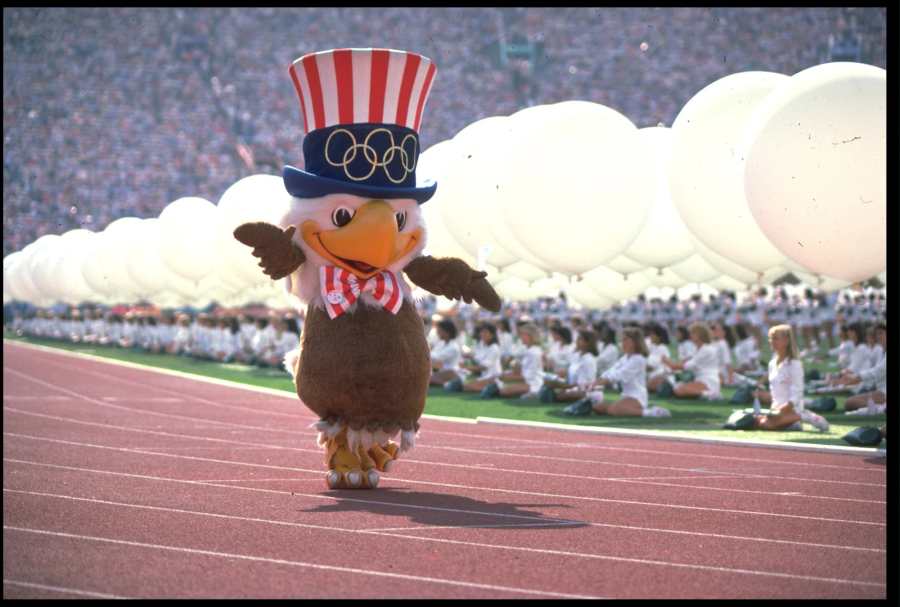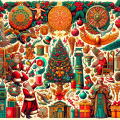
For over fifty years, the Olympic Games have showcased not only the world’s best athletes but also a parade of unique mascots that encapsulate the spirit and culture of their host cities. These mascots, ranging from cuddly creatures to abstract designs, are selected years in advance to embody the exuberance and festive atmosphere of the Olympics.
The tradition began in 1968 with “Shuss,” the first official Olympic mascot created by designer Aline Lafargue for the Grenoble Winter Games in France. Shuss, characterized by its two-toned head and lightning-bolt shaped leg, was crafted in just one night, setting the stage for a long line of memorable mascots.
Throughout the decades, Olympic mascots have taken various forms. In 1976, the Montreal Games introduced Amik, a chunky beaver representing the Algonquin word for the animal. The 1980 Winter Olympics in Lake Placid featured Roni the raccoon, while the 1984 Summer Games in Los Angeles saw the creation of Sam the Eagle by Disney, a symbol of American pride designed to be appealing to children with its soft, friendly appearance.
One of the most beloved mascots, Misha the bear, represented the 1980 Moscow Games and even ventured into space aboard the Soyuz rocket in 1978, two years before the Olympics. This whimsical character captured the hearts of many and became a symbol of the games’ universal appeal.
Mascots have also reflected significant historical moments. The Sydney 2000 Olympics, marking the first Games of the new millennium, introduced three mascots: Syd the platypus, Millie the echidna, and Olly the kookaburra. These characters, representing Sydney, the Olympics, and the Millennium, respectively, remain iconic and are still sought after on second-hand resale sites today.
The selection process for mascots often involves public participation. For instance, the 2014 Sochi Winter Games in Russia saw over 24,000 submissions in a nationwide contest. The winning designs, a trio of arctic animals symbolizing the Olympic podium, were chosen by public vote broadcast on Russian TV. This democratic approach ensures that the mascots resonate with the host country’s populace.
Merchandising plays a crucial role in the success of Olympic mascots. Beijing’s Bing Dwen Dwen, the panda mascot for the 2022 Winter Games, became a merchandising phenomenon, selling out rapidly due to its adorable and marketable design. Conversely, the 2012 London Olympics faced criticism for its mascots, Wenlock and Mandeville, whose cyclopean design was likened to characters from a 1950s horror movie.
Character design becomes particularly significant when the Olympics coincide with notable historical events. The mascots not only serve as symbols of the Games but also as ambassadors of their host cities’ culture and heritage.
As the Paris 2024 Games approach, the chosen mascot, the red Phrygian cap, symbolizes freedom and revolution, harking back to its historical significance during the French Revolution. This thoughtful selection continues the tradition of Olympic mascots embodying the spirit of their time and place, ensuring they remain an integral part of the Games’ legacy.
Disclaimer: The information presented in this article is based on the available data and current events around the time of publication, to the best of our staff research and knowledge. It is intended for educational and informational purposes only and should not be construed as professional advice, financial advice, sports betting advice, or life advice. It is simply our best guess, something to add to your research. We at Las Vegas Top Picks do our best to get stories accurate, but sometimes mistakes and biases happen, and it is always good to double-check other sources and media outlets to confirm stories and factual details. The opinions expressed in this article do not necessarily reflect the overall opinion of Las Vegas Top Picks.







